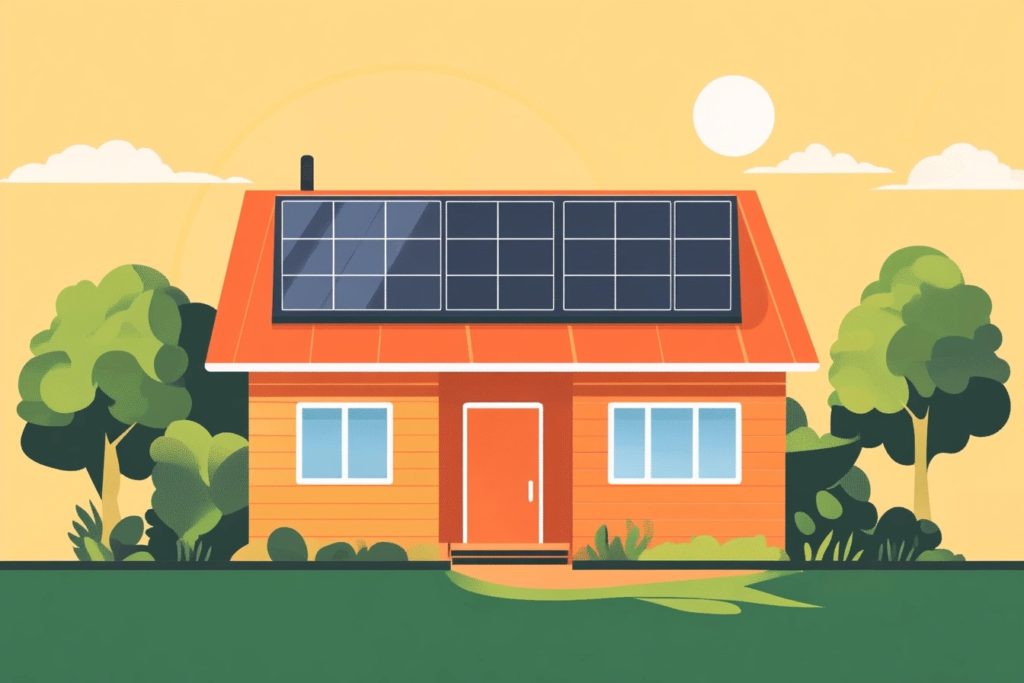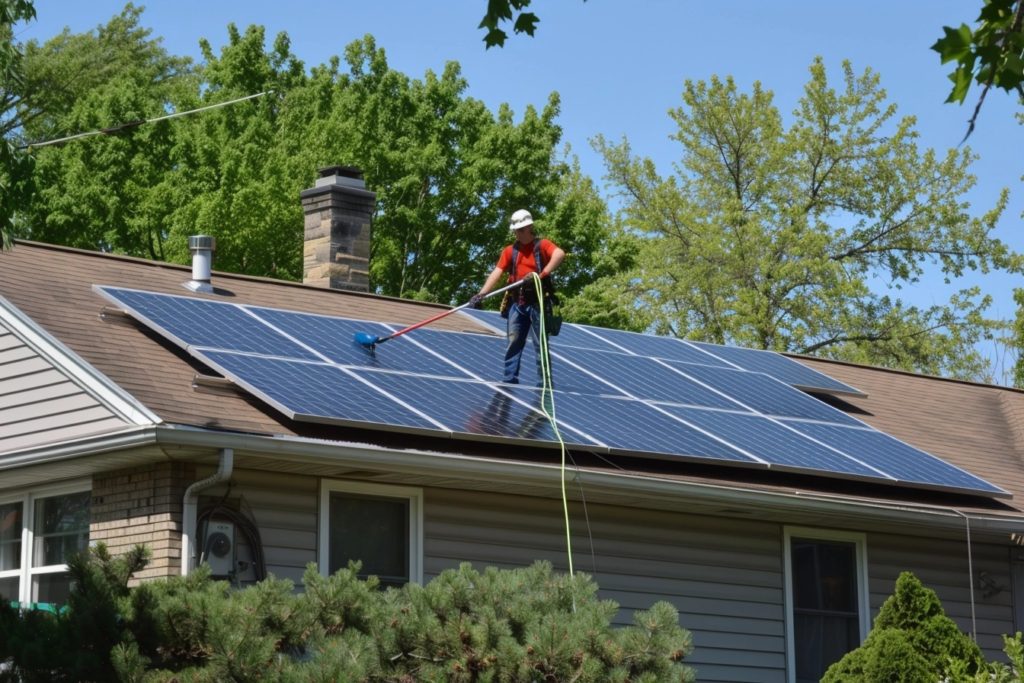While there are many variables involved when discussing the efficiency and wattage requirements of your specific home, we can speak in general terms about the cost threshold for powering a 2,000 square-foot house with solar energy. According to the United States Census Bureau, the average new single-family house built in this country today is around 2,400 square feet, which is a significant increase from the 1970s, when the typical new build was in the 1,600 to 1,700 sqft range.
Therefore, it stands to reason that a 2,000 sqft house is roughly typical in the United States. Data from the U.S. Energy Information Administration says that the average residential utility customer in this country uses right around 11,000 kilowatt-hours annually.
Using this data as a guideline, we can say that a typical 2,000 sqft home needs roughly 30 250-watt solar panels or 20 400-watt panels. Of course, there are plenty of variables that can affect those numbers, starting with the amount of direct sunlight your home receives in a typical day.
Homeowners in the American Southwest can take advantage of around six peak sun hours per day — a peak sun hour is considered to be an hour of direct sunlight that provides one kilowatt of energy per square meter. Meanwhile, homeowners in the Pacific Northwest might only have access to roughly 3.5 peak sun hours.
Also, there are additional variables like the materials and insulation used to build your home, the presence or lack of energy-efficient appliances and HVAC systems, and more. Your costs will also vary based on the brand and type of solar panel. We advise contacting one of our Energy Consultants to get a quote for your home.




